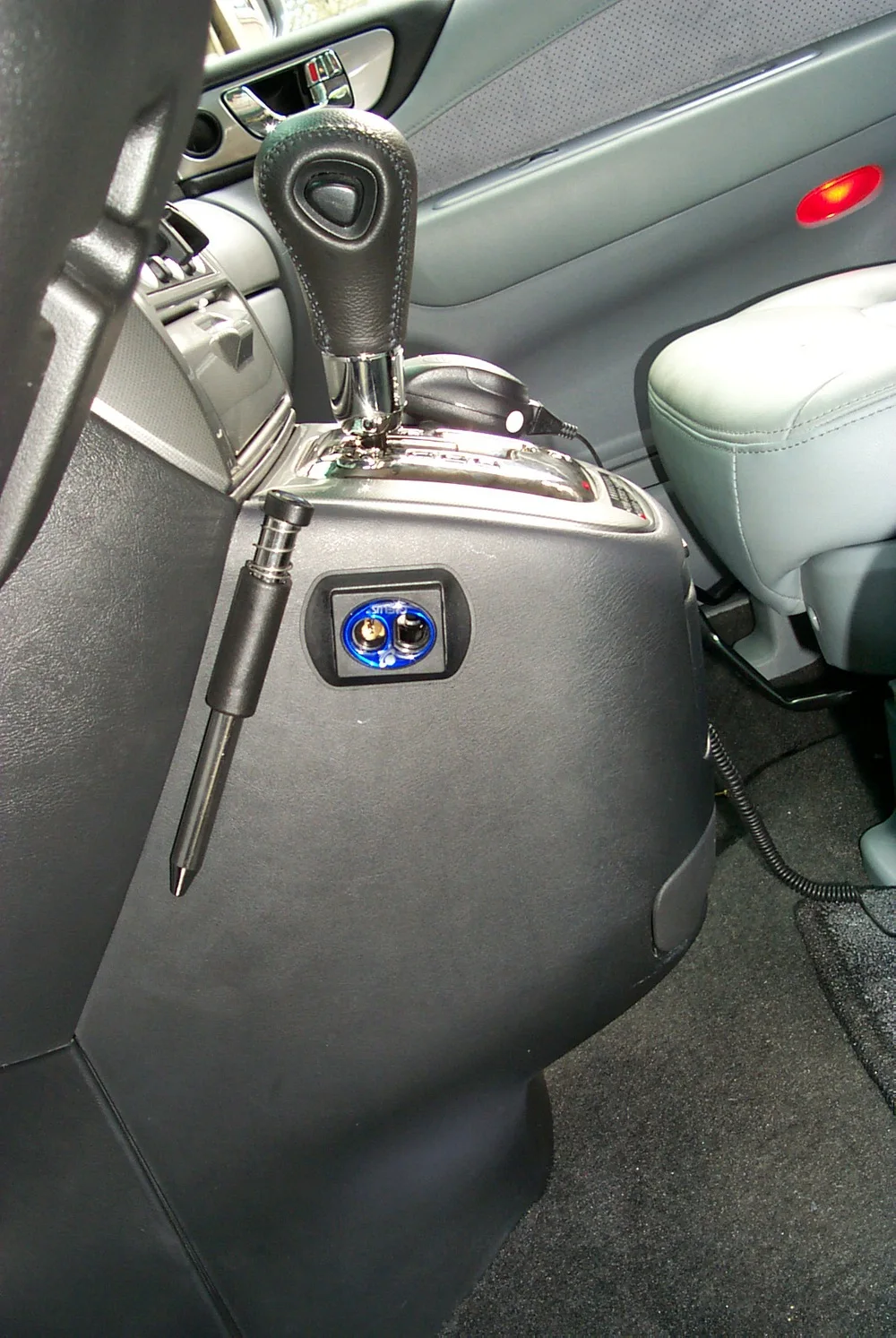

So, what does this mean going forward? Are traditional cars going to disappear from the roads in America? Could a future crisis boost sedan sales again? Consumers now have a clear taste preference and this won’t change unless we see a big increase in taxes or cost of ownership. In June 2018, SUV and truck demand soared by 14% in a market that grew by 5.6%. This year, figures through June show that their percentages changed to 60% for SUVs and trucks and 32% for cars. In H1 2017, SUVs and trucks counted for 56% of total sales, while traditional cars made up 37%. On the contrary, the trend is accelerating and doesn’t show signs of slowing down. However, the lack of growth does not mean that the shift from cars to big vehicles has stopped. Nowadays the US vehicle market is peaking after many years of continuous growth. By 2016, their market share, along with subcompacts, compacts and coupés fell 39% to 6.89 million units, or only 250,000 units less than total SUV sales. The midsize, executive and luxury sedans failed to understand the new consumer needs.

Consumers realized that driving a SUV or a big truck was not as expensive as in the past, and they actually looked cooler and felt safer. The shift took off when SUVs became more appealing and more affordable, whilst also being backed by a strong marketing campaign. A big opportunity for these vehicles emerged when the economy improved, interest rates fell, and oil prices decreased. Data shows that the upturn of the market that started in 2012 was better exploited by the bigger vehicles – the SUVs and trucks. As the economy recovered, the benefits never arrived for cars. While the industry has started to show signs of recovery since 2010, the slow growth was affected by lower fleet purchases, which posted their lowest market share in 2011 at just 11%.īy that time most fleet sales came from cars, so when we saw the decline in fleet demand it primarily affected the sedans, hatchbacks and coupés. This is why cars managed to maintain their market share at 51% during one of the worst years in the history of the American economy. The consumer looked for affordable cars that were easy to maintain. The worst time for the industry came in 2009 when vehicle sales totalled 10.42 million units. It’s important to remember that this was occurring in the context of the financial crisis. With 6.68 million units sold, their total was almost double the amount of SUVs sold at 3.41 million. The large array of models on offer fuelled the strong demand for these vehicles, which counted for 51% of total sales in 2008. By car we mean traditional body-types such as sedans, coupés, hatchbacks and station wagons. Ten years ago, most Americans drove a car. But we have to start wondering how long this will continue for, or if this is an irreversible trend. Continuously low oil prices along with changes in government regulation partially explain the shift from regular cars to SUVs and trucks. The USA is the world’s second largest car market but is first in terms of big car penetration. We are seeing an acceleration towards a new scenario where regulation, offer and consumer taste are more important than ever before. There is a shift taking place in the US car market. The owner of this website is a participant in the Amazon Services LLC Associates Program, an affiliate advertising program designed to provide a means for sites to earn advertising fees by advertising and linking to Amazon properties including, but not limited to, amazon.More SUVs, more trucks and less cars: the shift continues in the USA Affiliate programs and affiliations include, but are not limited to, the eBay Partner Network. When you click on links to various merchants on this site and make a purchase, this can result in this site earning a commission. Privacy Policy - TOS | Send US Email | Copyright (c) 2022 - shifted auto Be Quiet Pure Power 9 600w Power Supply.Evga Supernova 750w Modular Power Supply.

Power Supply Corsair Rmx 850w Or Evga Gq 850w.
Shifted auto driver#


 0 kommentar(er)
0 kommentar(er)
